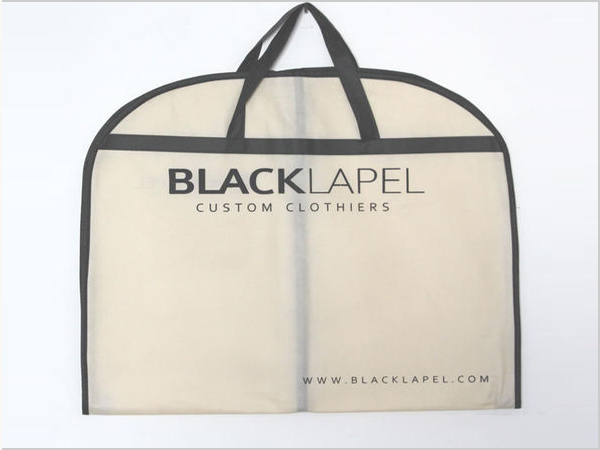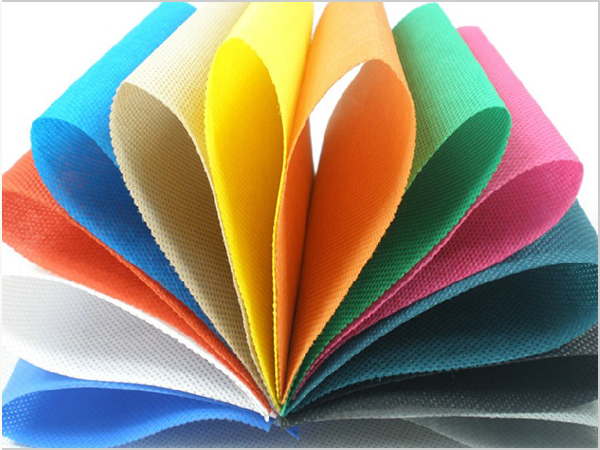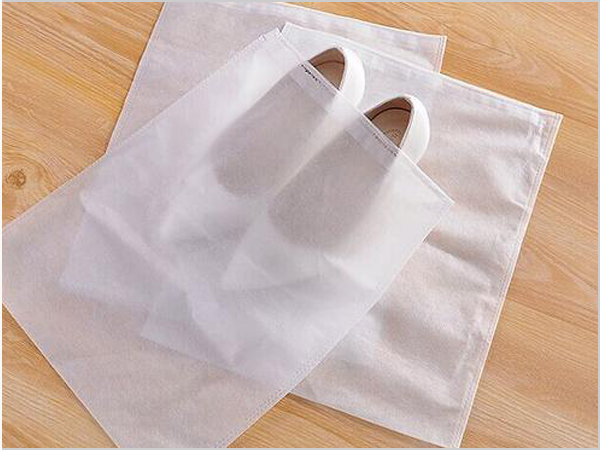- Xiangshuo has stood out in the field of spunbond nonwoven fabrics!
- How should enterprises respond to the impact of repeated tariffs
- PP non-woven fabric is a new type of environmental protection material!
- Under the tariff challenge, the textile and garment industry has a new opportunity
- Spunbonded non-woven fabric is an efficient, multi-functional modern material!

- Telephone: 0551- 66779966
- Cellphone: 18955130444
- Email: 58792982@qq.com
- Address: Building 1-2, East of Wubu Village Section, Hehuai Road, Wushan Town, Changfeng County, Hefei City, Anhui Province
In our daily life, are the masks we often wear made of PP non-woven fabric? What is PP non-woven fabric?
PP non-woven fabric can be used to make masks, but not all masks are made of non-woven fabric. Non-woven, also known as non-woven, that is, without weaving or weaving cloth. It is not the traditional sense of yarn woven one by one, but a physical method of fiber directly bonded together to form a cloth.
The production process of PP non-woven fabric
1, comb the whole fiber
2, fiber into a network
3. Fixation of fiber network
4, heat treatment
5, finally finishing processing
In industrial materials, non-woven fabrics with high filtration efficiency, insulation, heat insulation, acid resistance, alkali resistance, tear resistance and other characteristics, are used to make filter media, sound insulation, electrical insulation, packaging, roofing and grinding materials and other products.
In the commodity industry, PP non-woven fabric can be used as clothing lining material, curtain, wall decorative materials, diapers, travel bags and so on.
In the medical and hygienic products, it can be used in the manufacture of operating clothes, hospital gowns, masks, sanitary belts, etc.
Anhui Xiangshuo Nonwovens Technology Co., Ltd. is located in Wushan Town, Changfeng County, Hefei City, Anhui Province, close to Jiangsu, Zhejiang and Shanghai, with convenient transportation, covering an area of 42 mu. The company was established in July 2019 with a registered capital of 10 million yuan. Committed to the development and production of environmentally friendly non-woven consumables, is a new production-oriented enterprise with complete equipment and strong technical force, and was rated as a key investment attraction enterprise in Hefei Xinqiao Industrial Zone. The company currently has PP non-woven and polypropylene spunbonded non-woven production lines, width 1.8m - 3.2m, g weight 9-250g/m. Products with flame retardant, anti-aging, anti-static, acid and alkaline resistance, non-toxic, pollution-free, degradable and other characteristics of green environmental protection products. Our main business scope: non-woven, non-woven products, non-woven new materials research and development, production and sales; Chemical fiber equipment, non-woven equipment manufacturing, marketing; Plastic masterbatch function masterbatch research and development, production and sales; Research and development, production and sales of outdoor products; PE woven TARpaulin, furniture cover, plastic net, trash can, plastic greenhouse research and development, production and sales.
We always adhere to the "quality of survival, integrity and development" as the principle, to further improve the level of enterprise management, to achieve the goals of enterprise development, and strive to become the industry leader.
- Xiangshuo has stood out in the field of spunbond nonwoven fabrics!
- How should enterprises respond to the impact of repeated tariffs
- PP non-woven fabric is a new type of environmental protection material!
- Under the tariff challenge, the textile and garment industry has a new opportunity
- Spunbonded non-woven fabric is an efficient, multi-functional modern material!
- By the wind of gold, silver and silver, Keqiao Textile set sail
- PP non-woven fabrics occupy an important position in many fields!
- Textile industry is tested How should textile people cope with such challenges?
- What is the production process of spunbonded nonwovens?
- How to achieve revenue growth driven by policy dividend and technological revolution?



